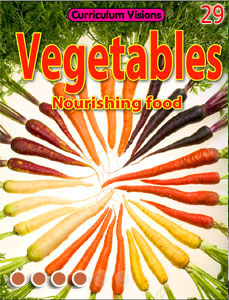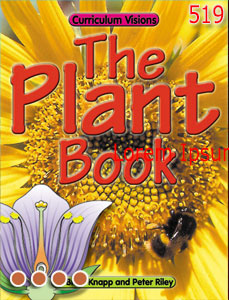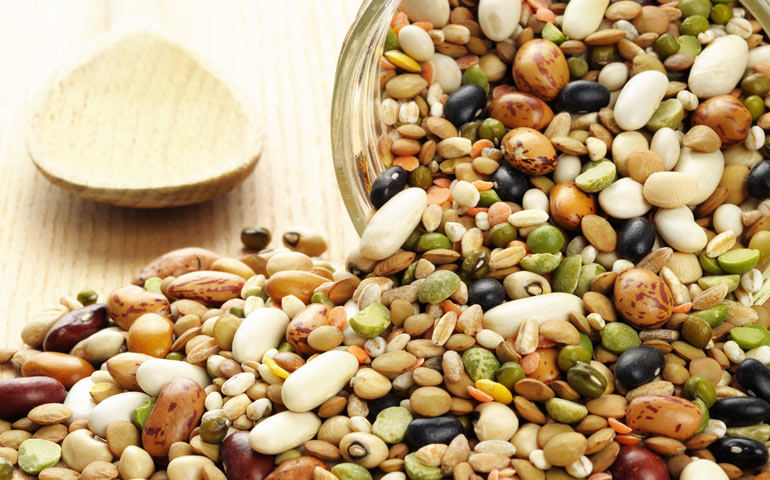Legumes are low-growing plants that produce seeds in pods. When dried and meant for food, the seeds are called pulses. All kinds of seeds are legumes (see list below): pinto beans, kidney beans, navy beans, dried peas and lentils are pulses. But note that wet peas, beans and so on are not pulses. They have to be dried.
The word pulse comes from the Latin which means 'porridge'. When put in water and cooked, they make a kind of mushy thick soup - a kind of porridge.
Pulses are also crops that have a special role in farming. On their roots they grow little bumps, called nodules, which are rich in nitrogen. Nitrogen is a fertiliser for other plants, such as wheat. So legumes grown one year, and their roots then ploughed into the soil, allow good crops of wheat etc the next. When plants are paired up like this, with annual planting of different crops, it is called crop rotation.
Plants have been grown for their seeds for over 5000 years. The earliest pulses were grown in India (by the Indus Valley civilization) and by the Ancient Egyptians. But it was not just hot, dry regions that grew crops with seeds to dry out. They were being used all over the world because drying a seed is a good way of preserving it. A moist pea would rot if stored for winter, but a dry one will not because the microbes that cause rotting cannot live without moisture.
India, where pulses have been known for longest, is still the biggest producer of pulses, and the country where the largest amount are eaten. But other countries grow huge amounts of pulses. Canada, for example, grows over a third of all the world's exports in pulses.
Here are the main pulses. Each one is a different species of plant:
Dry beans
Kidney bean, navy bean, pinto bean, haricot bean
Lima bean, butter bean
Azuki bean
Mung bean, golden gram, green gram
Black gram, urad
Scarlet runner bean
Ricebean
Moth bean
Tepary bean
Dry broad beans
Horse bean
Dry peas
Chickpea, garbanzo, Bengal gram
Dry cowpea, black-eyed pea, blackeye bean
Pigeon pea, cajan pea, Congo bean, gandules
Lentil
Bambara groundnut, earth pea
Vetch
Lupins
As a food, pulses are like cereals (wheat, maize and so on) in having lots of starch (carbohydrate) but they contain much higher levels of protein, and several important vitamins and minerals such as iron, magnesium, phosphorus and zinc. About a quarter of a pulse seed is protein, which is why vegetarians can eat pulses as a substitute for meat (the other main source of proteins).
On the other hand, pulses do not have one important kind of protein that is found in cereals. That is why people eat pulses and grains, not one or the other.





